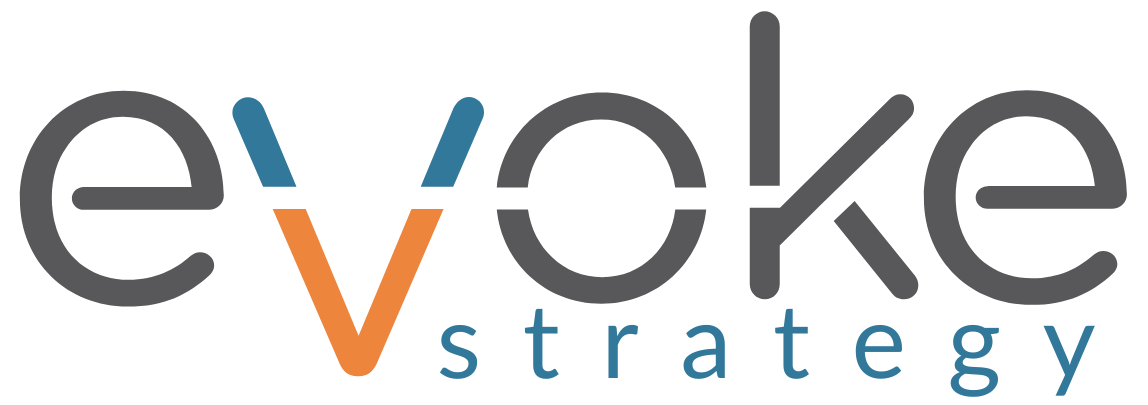From Outdated Metrics to Revenue Attribution
“How do we measure PR?” used to be a philosophical question. Now, it’s a financial one.
While paid media has relied on multi-touch attribution for years, Public Relations has finally entered its own data revolution. We are moving beyond “Clip Counting” to the PR-to-Pipeline™ Framework – a methodology that tracks exactly how a story in Industry Week becomes a closed deal in your CRM.
The Attribution Evolution
New Capabilities for Complex Challenges
The measurement challenge facing PR is fundamentally different from paid ads. When someone clicks a Google Ad and buys, attribution is easy. But PR influences prospects across multiple touchpoints over weeks or months. This complexity isn’t a bug; it’s a feature of how B2B buyers make decisions.
We solved this by developing attribution models specifically for PR:
Cross-Channel Impact: We measure how earned media amplifies your other investments—showing how a press hit lowers your CAC on paid social or accelerates a deal in the pipeline.
Comprehensive Journey Integration: We track PR touchpoints alongside sales calls and email opens, not in a silo.
Confidence-First Attribution: Because PR signals vary, we don’t treat every touch the same. We score evidence. We combine deterministic signals (clicks) with probabilistic data (traffic spikes) to create a weighted impact score.
Technology Infrastructure
Building Your Measurement Capabilities
You don’t need to rebuild your entire marketing stack, but you do need specific foundational elements before you can measure PR effectively.
The Technical Prerequisites:
- Server-Side Tagging: Essential to preserve first-party data signals in a privacy-first web.
- Consistent UTM Policies: “Garbage in, garbage out.” We enforce strict tracking parameters on every link.
- Dynamic Number Insertion (DNI): The ability to map a phone call back to the specific press article that drove the visit.
- CRM Integration: Connecting PR data to Salesforce/HubSpot to see the revenue at the end of the funnel.
Implementation Framework
How we build attribution in 8 weeks
Successful implementation requires a systematic approach. We don’t just “turn it on” – we build the infrastructure.
Phase 1: Foundation & Hygiene (Weeks 1-2)
Before we track, we clean.
- Audit Existing Traffic: Identify all current referral traffic from media outlets and tag it.
- Taxonomy Standardization: Define a strict UTM naming convention (Source/Medium/Campaign) that aligns PR data with your Paid Media teams.
- Server-Side Setup: Implement CAPI (Conversions API) or server-side tagging to ensure data durability against browser privacy blockers.
Phase 2: The Logic Layer (Weeks 3-4)
Defining how credit is assigned.
- Model Selection: Move away from “Last Click.” configure a Time-Decay or Position-Based model that gives credit to the introduction (PR) as well as the close (Sales).
- Confidence Scoring: Establish the rules for “Probabilistic” attribution. (e.g., If traffic spikes 50% from Chicago the day a Chicago Tribune piece runs, do we attribute that lift to PR? We set those thresholds now.)
Phase 3: Integration & Mapping (Weeks 5-6)
Connecting the pipes.
- Bi-Directional Sync: Integrate marketing automation (HubSpot/Marketo) with CRM (Salesforce). Ensure that PR campaign data passes through to the “Opportunity” object.
- Account Mapping: For ABM focus, integrate tools (like 6sense or Clearbit) to de-anonymize web traffic driven by press hits, mapping unnamed visitors to target accounts.
Phase 4: Optimization Loops (Weeks 7-8)
Turning data into strategy.
- The Feedback Loop: Create a dashboard that highlights “Zero-Revenue” outlets. If a publication drives traffic but zero pipeline after 6 months, we cut it from the pitch list.
- Amplification Triggers: Set automated alerts. When a specific press hit generates >10 qualified leads, automatically flag it for paid amplification budget.
Real-World Business Impact
What happens when you finally measure PR?
When our clients move from “guessing” to “measuring,” the strategic conversation changes immediately.
- ROI Clarity: Moving from “unknown returns” to a clear Multiplier (e.g., 4x ROI on PR spend).
- Lead Quality: Attribution data helps us identify which publications drive qualified buyers, not just curious browsers.
- Sales Cycle Velocity: We often see deals accelerate when prospects engage with verified third-party coverage during the buying process.
- Budget Defense: PR becomes the easiest budget to defend, because you can show the CFO exactly how much pipeline it protects..
Ready to Implement PR Attribution?
The technology exists. The methodology is proven. The only variable left is implementation. The question isn’t whether PR attribution will become standard practice – it’s whether your organization will be among the early adopters who gain the advantage.
Get the technical step-by-step for your Ops team.
Full-Funnel Digital PR Resources
Related Articles
PR’s Hidden Opportunity Cost
The Million-Dollar Question Nobody’s Asking Let me tell you about a conversation that happened in…
The Great Measurement Gap: Why Traditional PR ROI Fails
Note: This article explores the historical challenges of measuring public relations. If you are looking…
The Full-Funnel Digital PR™ Playbook
How to Turn One Piece of Coverage Into 50 Business Opportunities Here is the scenario…



